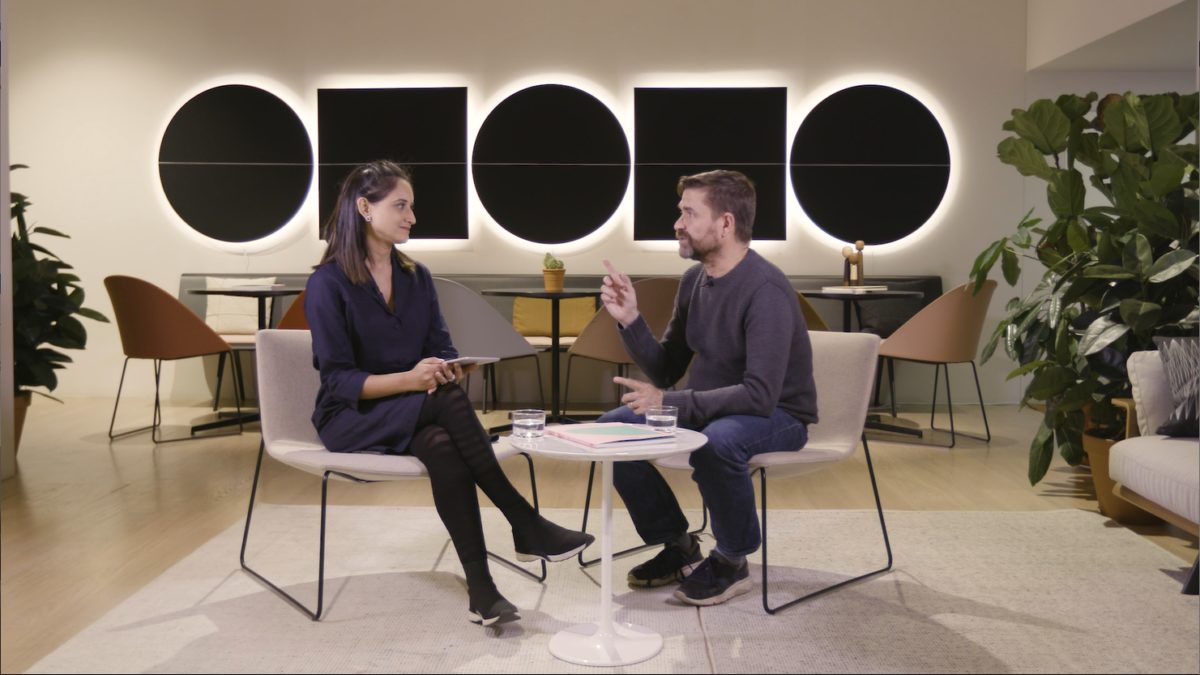The UN predicts two thirds of the global population will be urban dwellers by 2050. How will designers need to adapt to face new demands, new technology and new challenges that city life poses?

Conceptualising the city has always been a fascination for architects and designers. Attempts to bring together living quarters, commercial areas and public space most effectively stretches back into ancient times, with leaders consistently seeking solutions to the challenges of so many people living, working alongside each other. Le Corbusier argued for a “new architecture”, which infamously included the Plan Voisin proposal to raze Paris in place of high-rise cruciform offices, while architects today continue to conceptualise the growth of the city within constraints of dwindling resources. Science fiction offers many, often more dystopian, views of the future of cities, whether Blade Runner‘s famous, smog-filled neon-lit metropolis, the chaotic, violent tower of J.G. Ballard’s High Rise, or the hipsterfied, mono-cultural Los Angeles of Her.
In the latest edition of ICON Minds, editor Priya Khanchandani speaks to Jamie Fobert, the director of Jamie Fobert Architects, about the future of cities, in particular the challenges designers face, whether in current cities and towns, where populations react immediately and emotionally to change, or in those spaces of the future, where populations grow and resources dwindle.
Fobert talks about Tate St Ives, his firm’s Stirling Prize-nominated project in Cornwall, in south-west England, discussing the reactions of locals to a doubling of the size of the famous gallery. “We spent 14 years working in St Ives with a project to extend the Tate Gallery and what we learned…was about community in a way in which I’d never engaged with community before. There was an immediate reaction from the townspeople against the idea of this London institution taking over their town. It was a process of allowing the community to voice their concerns. We spent five years making a series of studies, allowing them to absorb what options there were […] We learnt so much from that process.”
By comparison he discusses projects in larger cities, and how difficult it can be to achieve such collaboration and engagement when the scale and surrounding population is much larger. Having lived in London for 30 years, Fobert is aware of the realities and constraints of planning in a city, and the restrictions placed on development by both financial and regulatory demands. “I’m very conscious of the difficulty of planning departments we work with. They don’t generate anything. They only have the ability to react to what’s given to them. The reactive process is very limiting. I think the whole structure of planning needs to be re thought… As a profession we need to challenge [this] much more broadly, rethink regulations and the planning system. These are big questions.”
Equally, he argues that the constraints of building are often financial, and in a growing city culture, “the government needs to change its attitude towards its involvement in projects and the making of the city. The city needs to take responsibility for how its fabric is being built, much more than the idea of clearing land and building an architect’s vision of what a city should be.”
Looking further afield, the discussion takes in the realities of climate change and the threat to cities such as Venice – and Fobert frankly discusses the challenges that architects face when balancing the immediate with the longer term and less tangible threat of climate change. For Fobert, the future lies in greater reuse of buildings, such as that of the Park Hill estate in Sheffield and looking at future developments with an eye to those cities with a successful, popular legacy of architectural history.
“What you’re trying to do is take the character of this historic place and allow it to create new housing, rather than a separate place…divorced from the historic town,” Fobert explains. “I’m much more interested in reworking fabric and building between fabrics rather demolishing; it’s about recycling, working what you already have, adding layers of complexity and making beautiful things out of things that are found. These are things are I enjoy much more than idea of clearing land and building a sort of architect’s vision of what architecture should be.”















